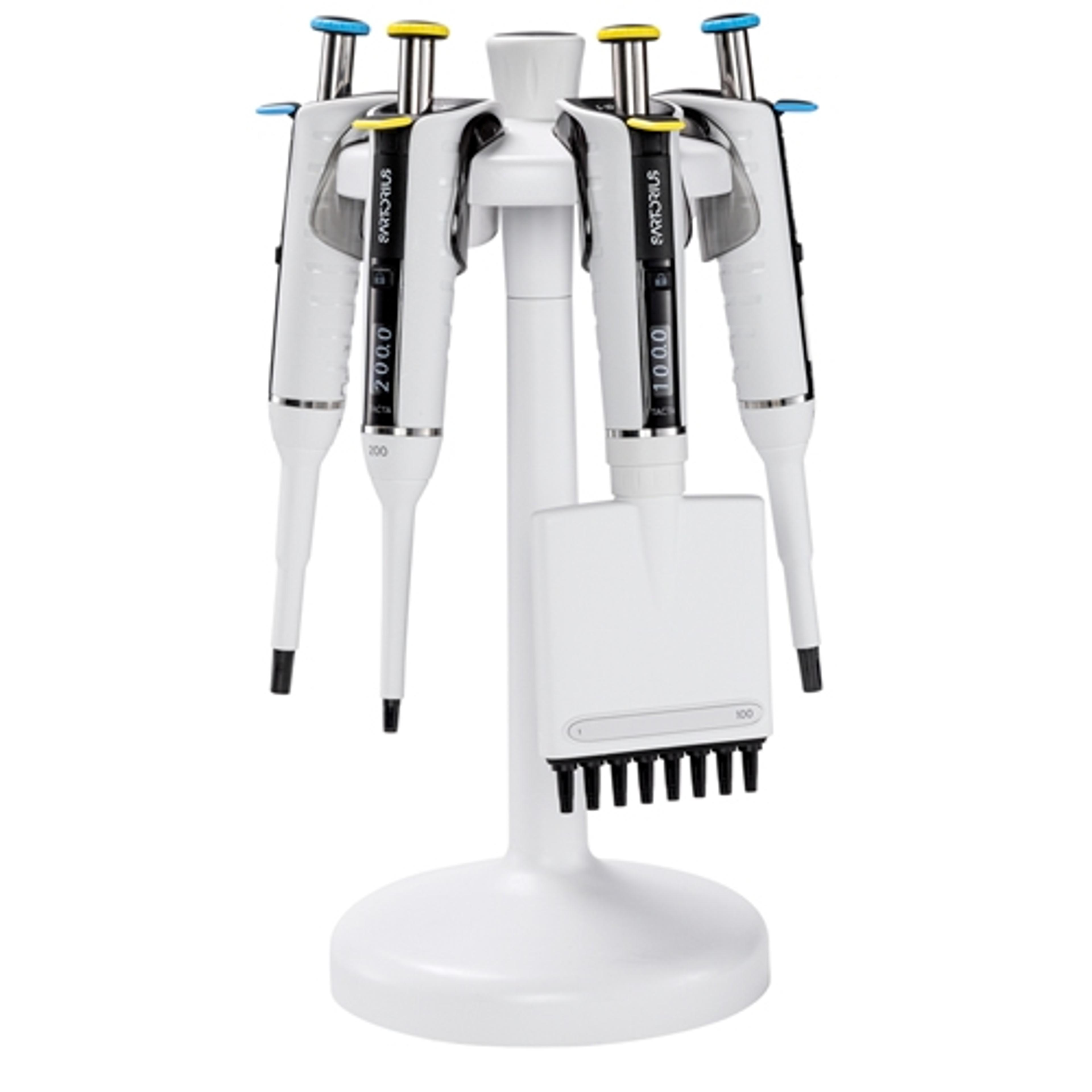Pipetting Academy: Best pipetting practices in qPCR on demand
A free masterclass in best pipetting practices to help you fine-tune your technique and achieve greater lab efficiency, with FAQ
13 Aug 2020
Quantitative PCR (qPCR) has emerged as one of the most popular techniques used for the quantification of nucleic acid molecules. This standard laboratory technique is based on the polymerase chain reaction (PCR) and is frequently used for gene expression analysis by quantitating changes in gene expression from biological and environmental samples. Despite qPCR now being a well-established analytical method, many limiting factors can influence qPCR effectiveness, including pipetting technique.
In this on-demand SelectScience® webinar, Paulus Artimo, product manager at Sartorius Pipetting and Dispensing, outlines the best pipetting practices to help you master your technique and achieve efficiency in the lab.
Attend this Pipetting Academy training to learn:
- How to maintain pipettes in top shape for qPCR
- How to recognize the limiting factors affecting your results
- How to reduce unwanted variation in results with best pipetting practices
- How to recognize possible sources of contamination
Read on for highlights from the Q&A discussion at the end of the live webinar or register to watch the full webinar on demand >>
Watch webinar nowQ: Should we clear the pipette when we set up a PCR?
PA: When using a forward pipetting technique, you perform a blow-out - you press the plunger all the way down to get all the liquid from the tip. This should be done when using forward pipetting, but it could create aerosols when dispensing DNA or RNA. In order to minimize the creation of these aerosols, I would recommend using reverse pipetting, where you don't need to do the blow-out and you will still get the target amount of liquid.
Q: What are filter tips?
PA: Filter tips are also called aerosol barrier tips. The filter tips come with an installed filter that picks up aerosols when you're working, preventing cross-contamination.
Q: What would be the best way to clean pipettes after use?
PA: I think that, in everyday use, the most practical choice would be to wipe the pipette down with a removing agent and let it rest. I recommend you check the manufacturer's instructions first. Also, you shouldn't be cleaning the pipettes out just before working, as the solution should have some time to act first.
Q: Are Sartorius pipettes autoclavable?
PA: Yes. Sartorius mechanical pipettes are autoclavable, and the Sartorius Tacta pipette is fully autoclavable – that's the high-end mechanical pipette. The lower parts of the Picus electronic pipettes are also autoclavable.
Q: When you say lower parts, are you including gaskets and small plastics, or are you changing each time? If the former, how concerned should we be with material degradation?
PA: For Sartorius Tacta pipettes, there are only three parts you need to disassemble, and the plastics tolerate the recommended cleaning methods. You don't really have to worry about material degradation and changing the parts each time.
Q: When working with viscous samples and residue in the tips, what is the best way to avoid errors in the volume being pipetted?
PA: I would say the first thing to consider would be to use reverse pipetting and a slow pipetting speed. This will really help to get most of the liquid out. You could further improve by switching to low-retention tips and by using an electronic pipette, as you can then adjust the speed of dispensing.
Q: What care is needed when working with RNA?
PA: In addition to the earlier points I made, you should follow the same principles of when working with DNA but pay extra attention in gentle manipulation of the samples, like slow pipetting speeds and mixing.
Q: How can I overcome bubbling?
PA: You should aspirate and dispense using a really slow, controlled movement. This will avoid foam, especially in the target vessel. You should also think about using reverse pipetting, as there is no need to do the final blow-out to get the target amount of liquid. If you're still struggling with the reverse pipetting, you might want to try an electronic pipette and play around with the aspiration and dispensing speed. We've heard and know that speed plays a major factor in creating foam.
Q: Could you replace filter tips with safe-cone filters?
PA: When you’re working with DNA and RNA, I wouldn't recommend this, as they're used multiple times, and the risk of contamination is higher than with the single-use filter tips.
Q: Why can't you use UV for cleaning pipettes?
PA: UV really isn't an effective cleaning method, as you can't treat the inside of the pipette. UV radiation also shortens the lifetime of plastics, so it's not really recommended.
Q: What are the main sources of pipetting error?
PA: The main sources are coming from poorly fitting pipette tips, and a leaky pipette and cylinder system. If the pipette is not maintained, you can imagine that it won't perform well. Also, if the tip compatibility is not perfect, there might be some leaks.
Learn more about pipetting practices in qPCR: Watch this webinar on demand >>
SelectScience runs 3-4 webinars a month across various scientific topics, discover more of our upcoming webinars >>

